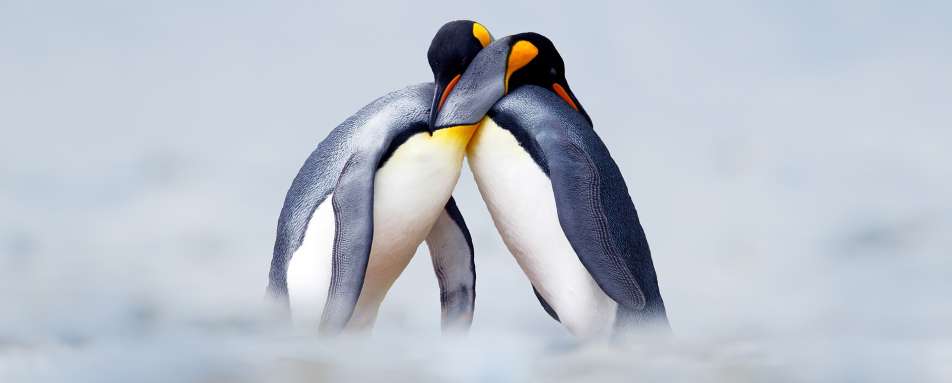Best Time to Visit Antarctica
Travel in Antarctica is only possible during its summer season, from November to March. In these months, milder temperatures and extended daylight provide optimal conditions for exploration and wildlife viewing. While Antarctica is the windiest continent on earth, during the summer, the winds abate considerably. Expect average temperatures from -6 to 10°C and long days with up to 20 hours of daylight at the height of the season.

Our Seasonal Guide
-

September, October, November
September and October are the height of the rainy season in Costa Rica, and the prolonged rainfall across most of the country makes it difficult to spot wildlife in the forests or explore beyond the main roads. However, the Caribbean Coast remains relatively dry at this time of year, so it’s still a good time to visit Costa Rica as there’s still plenty to see and do. Alongside sandy beaches and serene lagoons, the Talamanca mountain range offers ample hiking and trekking opportunities for those who want a more active break. There are plenty of chances for diving, surfing, and snorkeling along the coast, perfect for families and thrill-seekers.
During this time is also the must-see festival of Carnival of Limon, celebrated in October. This vibrant event showcases the Afro-Caribbean heritage of the region and features colorful parades, music, dancing, and delicious Caribbean cuisine.
-

September, October, November
September and October are the height of the rainy season in Costa Rica, and the prolonged rainfall across most of the country makes it difficult to spot wildlife in the forests or explore beyond the main roads. However, the Caribbean Coast remains relatively dry at this time of year, so it’s still a good time to visit Costa Rica as there’s still plenty to see and do. Alongside sandy beaches and serene lagoons, the Talamanca mountain range offers ample hiking and trekking opportunities for those who want a more active break. There are plenty of chances for diving, surfing, and snorkeling along the coast, perfect for families and thrill-seekers.
During this time is also the must-see festival of Carnival of Limon, celebrated in October. This vibrant event showcases the Afro-Caribbean heritage of the region and features colorful parades, music, dancing, and delicious Caribbean cuisine.
-

September, October, November
September and October are the height of the rainy season in Costa Rica, and the prolonged rainfall across most of the country makes it difficult to spot wildlife in the forests or explore beyond the main roads. However, the Caribbean Coast remains relatively dry at this time of year, so it’s still a good time to visit Costa Rica as there’s still plenty to see and do. Alongside sandy beaches and serene lagoons, the Talamanca mountain range offers ample hiking and trekking opportunities for those who want a more active break. There are plenty of chances for diving, surfing, and snorkeling along the coast, perfect for families and thrill-seekers.
During this time is also the must-see festival of Carnival of Limon, celebrated in October. This vibrant event showcases the Afro-Caribbean heritage of the region and features colorful parades, music, dancing, and delicious Caribbean cuisine.
- September, October, November
- September, October, November
- September, October, November

Our team of travel specialists are waiting to help you book your next adventure.




